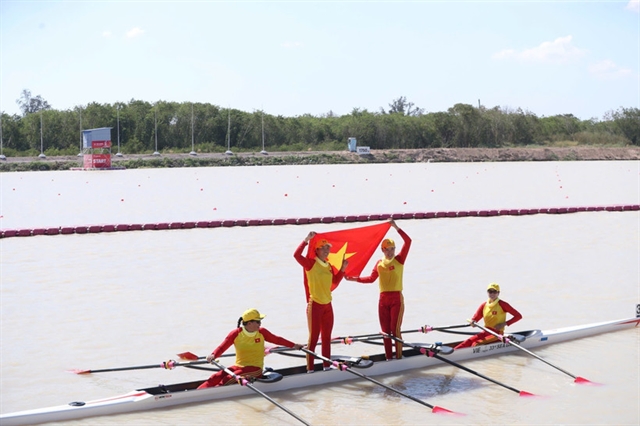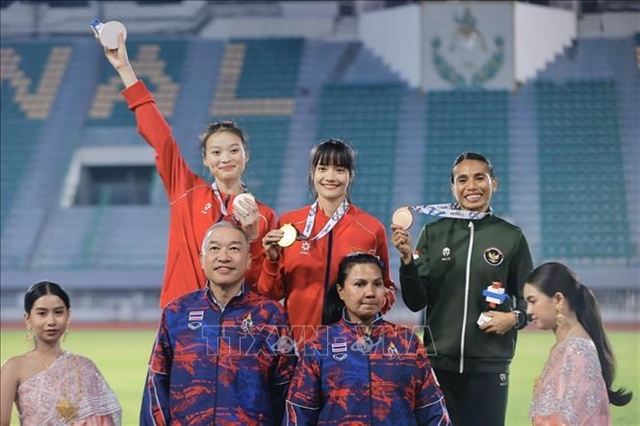 Society
Society

The rainy season brings with it the increased threat of diseases through infections caused by bacteria found in contaminated soil and water between July and November, and so far this year, the Department of Infectious Diseases at the Hà Nội-based Bạch Mai Hospital has received 20 cases of Whitmore's Disease.
 |
| Associate Professor Đỗ Duy Cường, head of the Department of Infectious Diseases at the Hà Nội-based Bạch Mai Hospital, examines a Whitmore patient. — Photo news.zing.vn |
HÀ NỘI — The rainy season brings with it the increased threat of diseases through infections caused by bacteria found in contaminated soil and water between July and November, and so far this year, the Department of Infectious Diseases at the Hà Nội-based Bạch Mai Hospital has received 20 cases of Whitmore’s Disease (Melioidosis), said Associate Professor Đỗ Duy Cường, head of the department.
One of the most seriously-infected patients was recently saved by doctors at Bạch Mai Hospital.
The 51-year-old patient from Hòa Bình Province was reported to have a high fever and an abscess on his thigh when he was hospitalised on July 2.
He was diagnosed with septicemia and was treated for 12 days at the provincial hospital, but his health did not improve, and he continued to suffer from a high fever and breathing difficulties, while the abscess continued to grow.
After being treated with high-dose antibiotics for nearly two months, he is now in a stable condition and out of hospital.
According to doctors, the disease is predominately a disease found in tropical climates, especially in Southeast Asia and northern Australia where it is widespread. The bacterium causing the infection called Burkholderia pseudomallei appears in contaminated soil and dust. Patients are infected with the bacterium through direct contact with the contaminated source. Signs and symptoms of the disease include localised pain or swelling, fever, abscess, coughing, chest pain, respiratory distress, abdominal discomfort, muscle or joint pain, among others.
Patients have to undergo high doses of antibiotics for up to six months, leading to prolonged and costly treatment. This is one of the reasons many families give up the treatment, and the fatality rate due to the disease remains high at 40 per cent of all patients around the world.
The Centre of Disease Control and Prevention under the US Department of Health and Services has previously advised people with open skin wounds and those with diabetes or chronic renal disease to avoid contact with soil and standing water.
Those who perform agricultural work should wear boots, which can prevent infection through the feet and lower legs. Health care workers can use standard contact precautions (mask, gloves and gowns) to help prevent infection. — VNS




